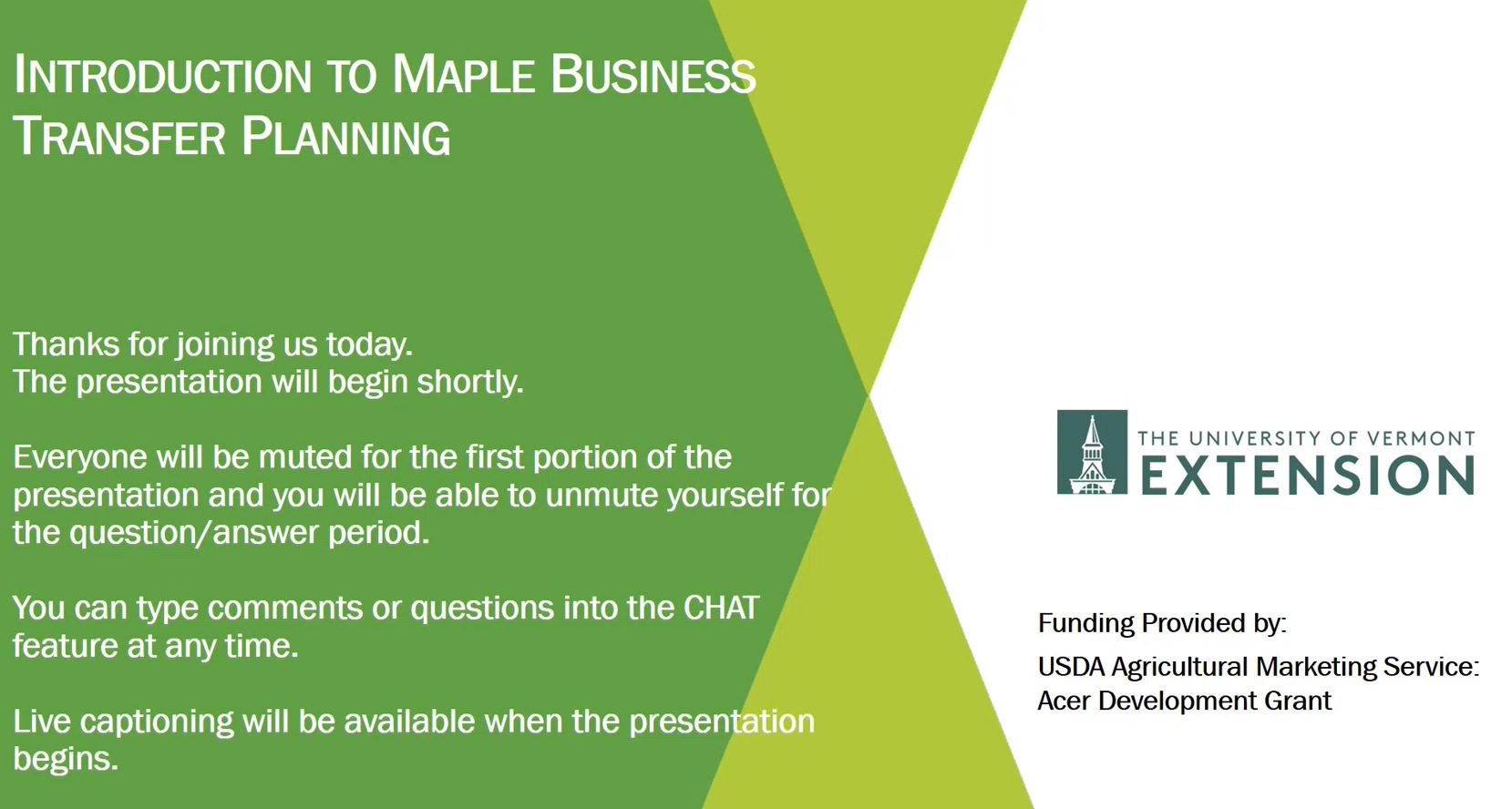Search Results
Results for: 'Maple Sugaring'

Like people, plants have strong mechanisms to prevent the spread of microorganisms within their tissues. Trees are capable of "walling off" wounds to prevent infections from spreading throughout the tree. This healing process also slows, and event...

In Vermont, Grade A maple syrup is divided into four distinct color classes. Those classes are Golden, Amber, Dark and Very Dark. The lightest grade of syrup, Golden, has the most delicate flavor. A lot of the time it will be made at the beginning...

Compared to the relatively simple composition of maple sap, maple syrup has over 130 different identified flavor and aroma compounds. The predominant classes of flavor compounds are phenolics, pyrazines, and carbonyl-based compounds. Typically, li...

The USDA National Agricultural Statistics Service or NASS has released the crop totals for the 2020 maple season. Vermont let the US again in total production with 2.2 million gallons. That is 50% of all the syrup made in the country. Vermont suga...

The USDA National Agricultural Statistics Service or NASS has released the crop totals for the 2020 maple season. Vermont let the US in total taps with 6.15 million statewide. New York had the next highest number of taps with 2.8 million. Combined...

Maple trees managed for sap production remain part of a forest ecosystem. Forest ecosystems are complex communities of plants, animals and microbes all interacting with their physical environment and climate. Forests are especially competitive env...

Maple Business Transfer Planning 2022
An introduction to maple business succession and transfer planning. Recorded 08/31/2022
